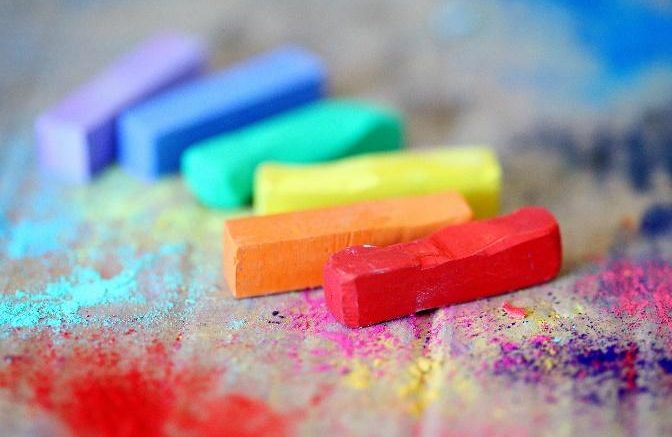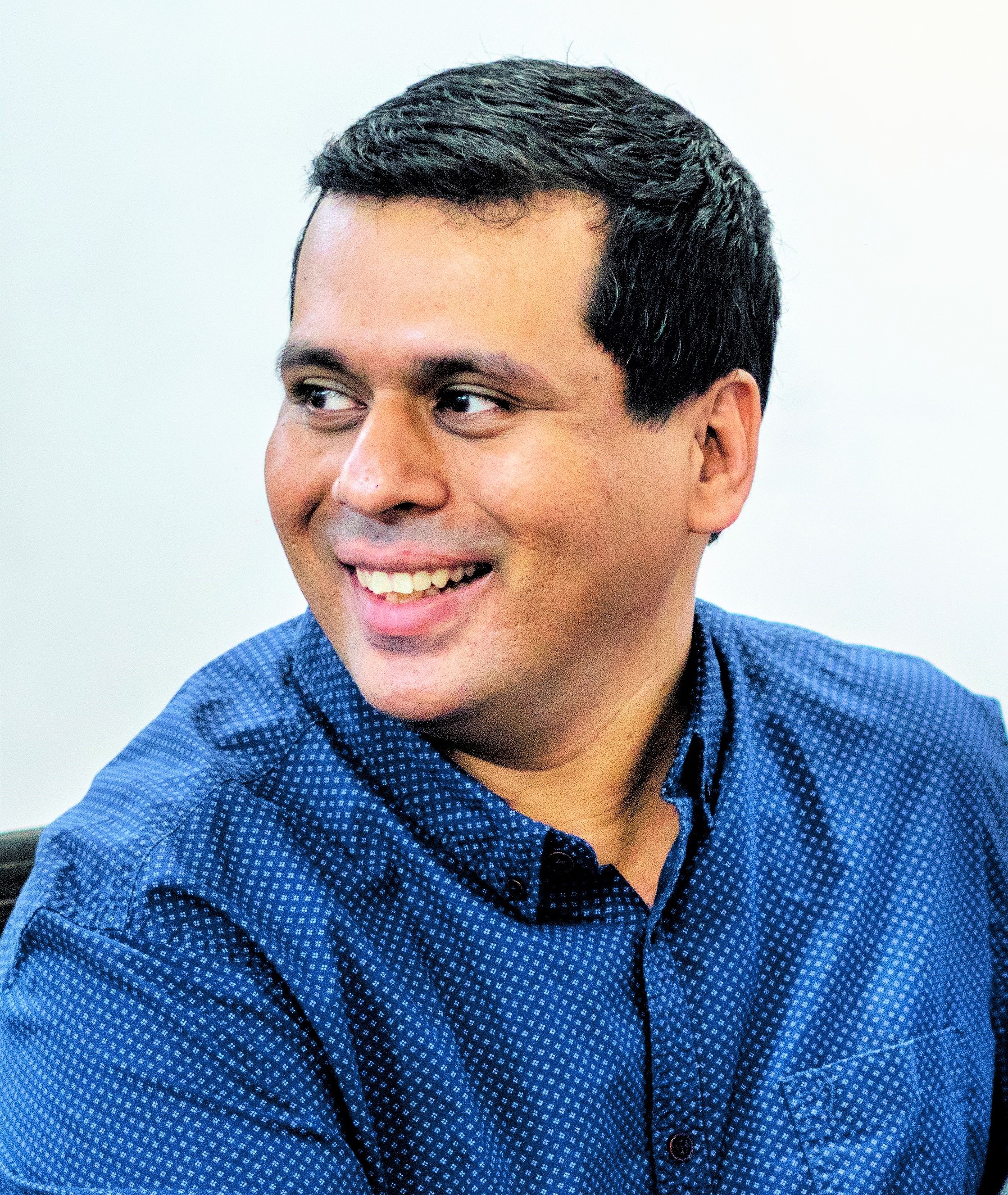PR professionals are fast becoming a group with the most diverse skill set in the communications spectrum. With rapidly changing trends, client briefs that consultants and agencies receive are complex and multi-pronged in nature. PR representatives today need to have some general idea of data analytics, content marketing and creation, influencer marketing, as well as needing to be sharp and up to date enough to sift fake news from credible news.
Where job roles and expectations keep changing, PR as a field runs parallel to the concept of trends. Trends that are relevant today may not be tomorrow, or they may be eternal trends that are dynamic in the sense that they can evolve and be rehashed in multiple ways to fit current contexts.
Some of the current and foreseen PR trends
Never before has creativity been backed by hard numbers derived from a vast array of sources – computed, analysed and interpreted. Today any campaign strategy needs to have a solid basis in what data analytics says. Not only does this enhance planning to be more fine-tuned and customised to the audience, but it also provides a view of the potential ROI and impact of a campaign at the outset, as well as a measurement tool for quantification of the actual impact after the campaign. What the backing of science and the easy availability of information also does for PR is that it puts a stronger emphasis on ethics and the importance of credibility. Today, while fake news floats up from every corner – In a dubious news article, in a WhatsApp forward – it has become that much more important to back up one’s claims with numbers, statistics, expert opinions and third-party credibility. Audiences now are learning to sift through information and separate the genuine from the questionable.
And ethics doesn’t just come in the form of credibility. Consumers today are also highly invested in brands that are socially and environmentally responsible. These expectations go right from making socially conscious and aware statements, to actually recognising the issues that humanity faces, and addressing them through CSR activities, advertisements, and internal company policies. And this is where the subject of diversity comes in.
Diversity and the audience – A mere trend?
While the prevalent definition of diversity talks about culture in terms of race, ethnicity, nationality and religion, alongside gender, sexuality and age group – culture also has a much deeper meaning. Firstly, there are permutations and combinations of each of these segments. The millennial woman and the Gen X woman have different sensibilities, just as the man born and bred in India has different sensibilities from the NRI male even though their origin may be the same. Within a country, rural and urban areas, south and north, technologically developed and developing – audiences can be segmented into a dizzying number of parts.
To address this, the trend of targeted multicultural communication is evolving fast. A single communication in multiple languages, with multiple design elements, on different platforms – each reaching out to a different segment of the audience. Diversity of audience is no longer a luxury, but a necessity. The kind of strategies that are taking off and soaring high as a result may seem very unconventional, but are deeply rooted in the importance of diversity. Facebook groups, events and meet-ups, clean up drives, talks and seminars on social issues, and of course diversity in representation. Representation takes a front seat because it is the most visible. Communication strategies need to show the ideology and principles of a brand, not just tell the public that the brand is conscious and responsible.
Brands now comment on social and environmental issues through their Facebook and Instagram pages, becoming voices that audiences can relate with. Taking a stand is no more just a trend, but a necessity in a world where the general audience is tired of being marketing at, and instead wants to be engaged with.
A look at the Instagram page of Nike will show even on a superficial glance that the brand is striving to share stories of real people and real athletes – woman or man, amateur or professional, black or white. Their short sports stories about individuals from varied socio-economic backgrounds are followed up with hashtags like #sportchangeseverything. They even have collaborations with forums like Gurls Talk, which tell stories of women from across races, and their struggles against stigma and discrimination. The brand is thus showing the audience what it believes in very effectively, and using its popularity and visibility to effect some change.
Nike is just a part of the bigger picture – one that shows diversity needs to become a way of life. Consumers and audiences want to read about what their favourite brands are doing, what they believe in, and who they create for. Today is a time when something like a shoe that was thought of as a commodity, is now a symbol of the brand. And the brand, in turn, is a symbol of social change, awareness and an all-inclusive approach to the world.
Speaking for the unspoken is a language everyone understands, and a trend that is definitely here to stay.




Be the first to comment on "PR trends and the concept of diversity"